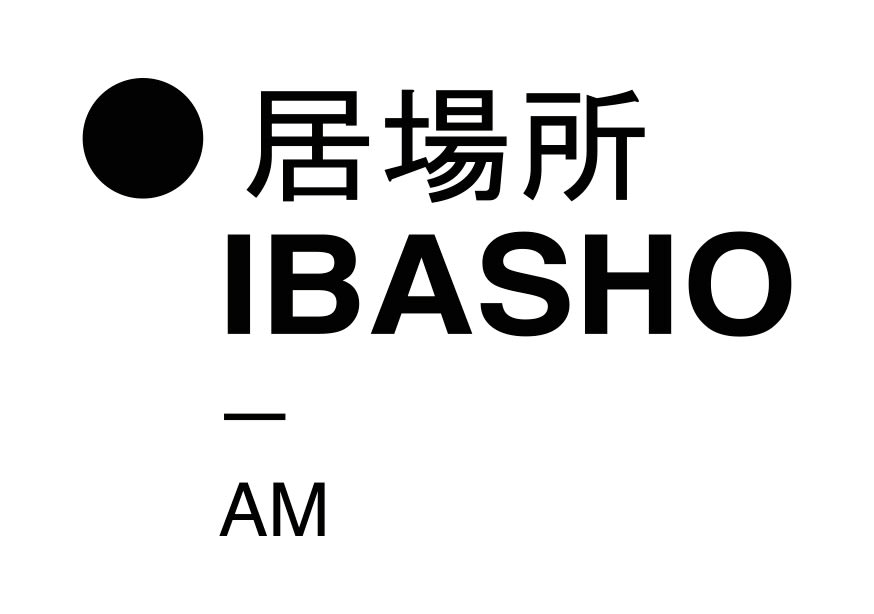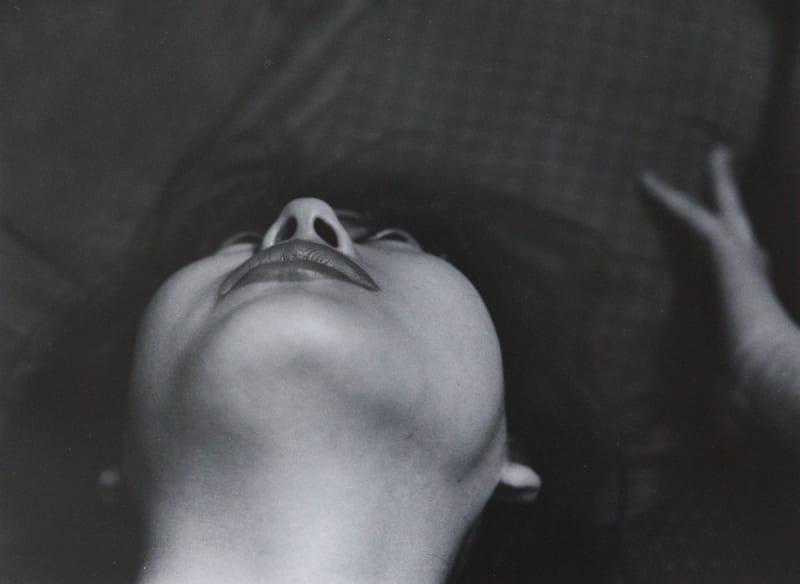Born in Nagoya, Shomei Tomatsu (1930-2012) came of age in Japan's turbulent, self-questioning postwar years. He started out as a self-taught traditional photojournalist in the early 1950s, but found himself drawn intuitively to the intimate and the everyday. In 1958, though, keen to show what he saw as the creeping Americanisation of his country, he began photographing the American soldiers stationed in military bases throughout Japan. Recognition came in 1959 when Tomatsu had his first solo exhibition The Japanese in Tokyo and he received the Mainichi Photography Award. His central role in Vivo, a self-managed photography agency, established his place in the forefront of postwar Japanese photography. In 1960 Tomatsu began a series on Nagasaki to document its current state for the Japan Council Against A and H bombs. The result was a joint effort with Ken Domon and others, Hiroshima-Nagasaki Document 1961. Through the publishing house Shaken and the quarterly journal Ken he founded, he published several photography collections, among others his book, Oh! Shinjuku, named after a shopping district in central Tokyo. This book chronicles the rise of a young and rebellious Bohemianism that, as an older outsider, he saw – as he later put it – 'through the eyes of a stray dog”. Those words seem prophetic. Tomatsu was one of the giants of Japanese photography that a younger generation of photographers, such as Daido Moriyama, who came to prominence in the late 60s, reacted against.
Tomatsu has been the subject of numerous solo and group exhibitions in Japan and abroad. He participated in the groundbreaking New Japanese Photography exhibition in 1974 at The Museum of Modern Art, New York, and, in 2011, the Nagoya City Art Museum featured Tomatsu Shomei: Photographs, a comprehensive survey of his work.

